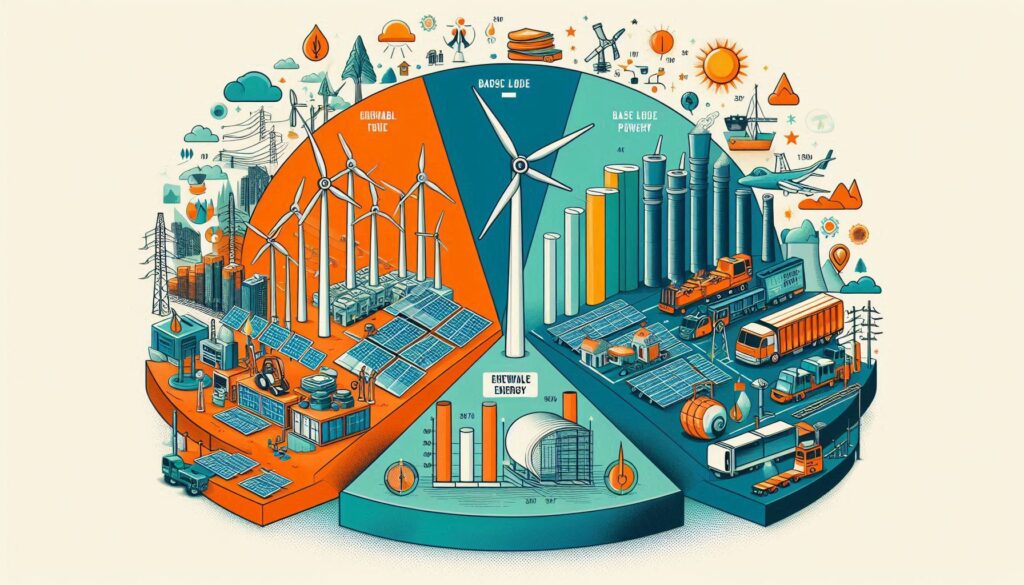India’s renewable energy transition is a global talking point, with ambitious targets to achieve 500 GW of non-fossil fuel capacity by 2030. But beneath the glossy headlines lies a simmering debate: Are massive centralized solar parks the right path, or is India missing a trick by sidelining decentralized, consumer-driven solutions?
Let’s cut through the noise.

The Elephant in the Room: Inflated Costs & Missed Opportunities
Giga Solar parks, often hailed as symbols of progress, come with hidden burdens. From artificially inflated capital costs (think GST, import duties, robotics, security, and transmission infrastructure) to long-term financial traps, these projects risk becoming albatrosses around India’s neck.
Consider this: 60-70% of their capital costs are inflated, locked into 25-year contracts that force DISCOMs and consumers to pay premium tariffs. Meanwhile, distributed solar—rooftops, community projects, or small-scale installations near demand centers—could slash costs, reduce transmission losses, and empower consumers. Why aren’t we prioritizing this?
China’s solar dominance offers a lesson. By mastering economies of scale and controlling the supply chain (from quartz reserves to modules), they’ve driven panel prices to rock-bottom levels. India, however, is doubling down on costly mega-parks while rooftop solar languishes at just ~11 GW—a fraction of its potential.
The SECI Contract Quagmire: A 25-Year Gamble?
The Solar Energy Corporation of India (SECI) contracts signed by previous governments are under fire, and for good reason. Critics call them a “disaster in the making,” and here’s why:
- Grid Instability: Solar’s intermittency forces thermal plants—India’s base load—to back down. But restarting coal units is expensive, and DISCOMs end up paying twice: for idle thermal capacity and pricier solar power.
- Pass-Through Clauses: Contracts allow developers to hike tariffs if costs rise (e.g., module prices, GST). Consumers foot the bill, negating the promise of “cheap” solar.
- 25-Year Lock-In: Technology evolves rapidly. By binding India to outdated solar tech until 2045, we lose the chance to adopt cheaper, more efficient solutions (like perovskite cells or affordable storage).
- Industrial Exodus: High power costs hurt competitiveness. States like Tamil Nadu and Gujarat risk losing industries to nations with cheaper, decentralized energy.
- Cross-Subsidy Collapse: Agricultural subsidies rely on industrial consumers. With solar parks disrupting this model, states face fiscal chaos.

The Distributed Solar Revolution: Cheap, Adaptive, and Inclusive
Imagine a future where solar panels are as commonplace as inverters—installed on rooftops, farmlands, or water bodies, tailored to local needs. Benefits?
- No inflated tariffs: Avoid transmission costs (ISTS charges) and land disputes.
- Grid Resilience: Distributed systems reduce strain and enhance stability.
- Jobs & Equity: Localized projects create rural jobs and democratize energy access.
- Storage Synergy: As battery prices fall, homes and factories can store excess solar, easing peak demand.
China’s decentralized solar villages and Germany’s Energiewende prove this works. India’s DISCOMs could bundle rooftop solar with existing services, incentivizing consumers to become “prosumers” (producers + consumers).

The Way Forward: Balance, Not Blindness
- Pause & Reassess SECI Contracts: Renegotiate terms to avoid 25-year traps.
- Boost Rooftop Solar: Mandate net metering, offer subsidies, and simplify approvals.
- Embrace Storage: Pilot distributed battery projects alongside solar.
- Fix Thermal Economics: Use high-efficiency coal plants near mines as a transitional backbone.
Final Word: Solar at What Cost?
India’s energy transition must not mimic the mistakes of the past—centralized, costly, and disconnected from people. The true promise of solar lies in empowering consumers, not enriching developers. As storage tech advances and tariffs plummet, locking ourselves into outdated models isn’t just foolish—it’s a betrayal of India’s energy future.
The question isn’t whether we need solar. It’s how we deploy it. Let’s choose wisely.
